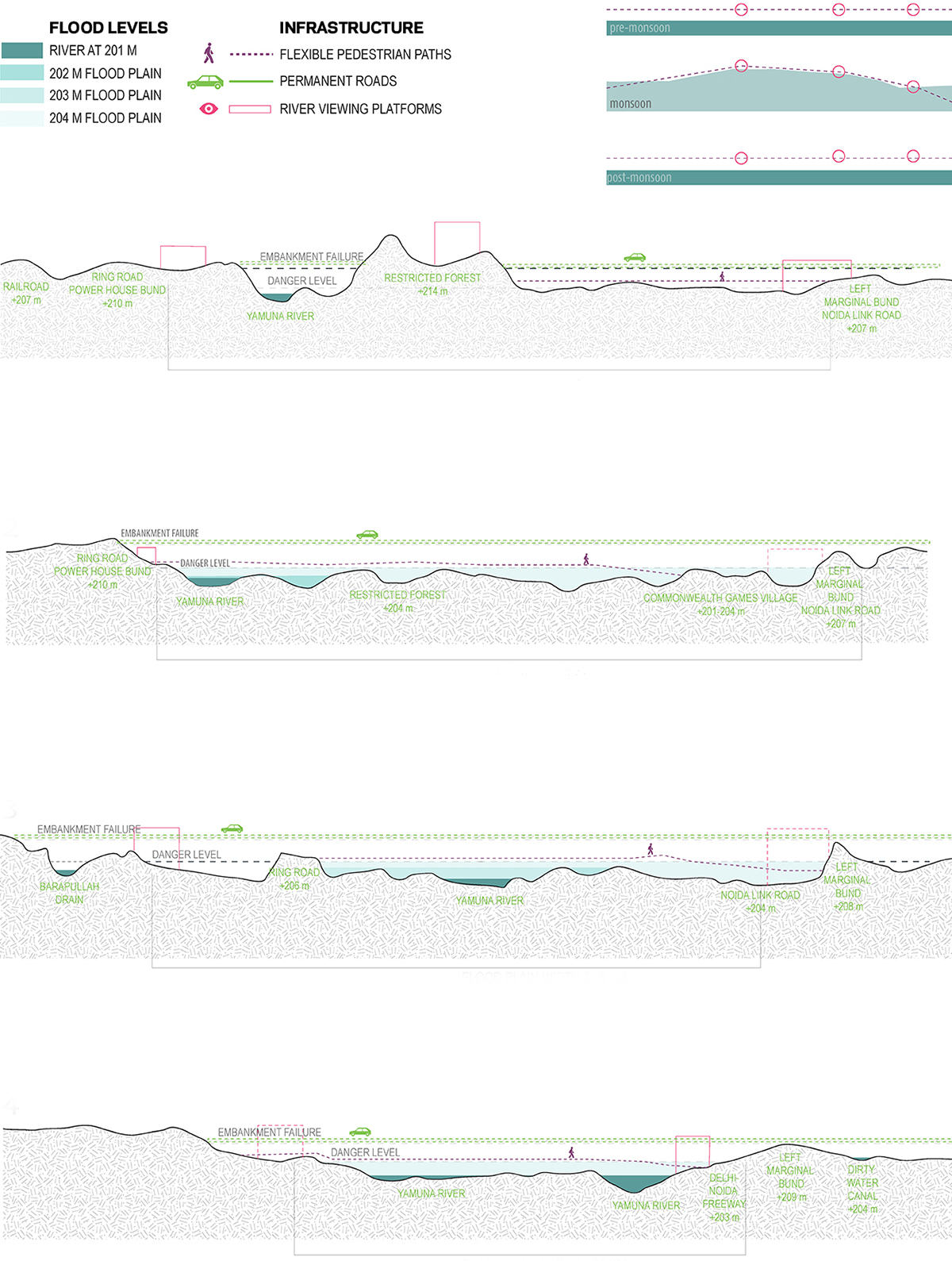Is Elon Musk's Robotaxi Vision Crumbling?

Table of Contents
Technological Hurdles in Achieving Fully Autonomous Driving
The core challenge lies in achieving true Level 5 autonomy – a self-driving system capable of operating under all conditions without human intervention. This presents a formidable technological hurdle.
The Complexity of Level 5 Autonomy
Achieving Level 5 autonomy is incredibly complex due to several factors:
- Unpredictable Human Behavior: Programming a vehicle to react safely and predictably to erratic human actions (jaywalking, sudden lane changes, unexpected stops) is extremely difficult.
- Edge Cases in Driving Scenarios: Autonomous vehicles must handle rare but potentially dangerous situations, such as navigating construction zones, dealing with unusual weather events, or responding to accidents. These "edge cases" are difficult to anticipate and program for.
- Robustness Against Sensor Failures: Sensors like cameras, lidar, and radar can malfunction. A truly autonomous vehicle must be able to compensate for sensor failures and continue operating safely.
- Handling Extreme Weather Conditions: Heavy rain, snow, fog, and extreme temperatures significantly impair sensor performance, creating challenges for autonomous navigation.
Tesla's Full Self-Driving (FSD) beta program, while ambitious, highlights these limitations. While offering some autonomous features, it still requires significant driver oversight and has experienced several high-profile incidents. Programming a vehicle to flawlessly handle every conceivable driving scenario is a monumental task.
Sensor Technology Limitations
Current sensor technologies have limitations that hinder the development of fully autonomous vehicles:
- Difficulties with Object Detection in Adverse Conditions: Low light, heavy rain, or snow significantly reduce the effectiveness of cameras, lidar, and radar in accurately detecting objects.
- The High Cost of Lidar: Lidar, while highly accurate, is expensive, making it a barrier to widespread robotaxi adoption.
- Limitations of Camera-Only Approaches: While camera-only systems are cheaper, they struggle to perform reliably in challenging conditions and lack the range and accuracy of lidar.
The ongoing debate about the optimal sensor suite for autonomous vehicles reflects these challenges. Each technology has its strengths and weaknesses, and a robust solution may require a combination of sensors.
Software and Algorithm Development Challenges
Developing and testing the software for autonomous vehicles is a massive undertaking:
- The Need for Vast Amounts of Training Data: Machine learning algorithms require massive datasets to train effectively. Gathering and annotating this data is time-consuming and expensive.
- The Difficulty of Debugging Complex Algorithms: Identifying and fixing bugs in complex autonomous driving software is incredibly challenging. The consequences of software errors can be catastrophic.
- The Ongoing Need for Software Updates and Improvements: Autonomous driving software is constantly evolving. Regular updates are necessary to improve performance and address newly identified issues.
Machine learning and artificial intelligence are crucial to the development of robotaxis, but they also introduce significant complexities and challenges.
Regulatory and Legal Obstacles to Robotaxi Deployment
The legal and regulatory landscape for robotaxis is fragmented and evolving, creating significant obstacles to deployment.
Varying Regulations Across Jurisdictions
The lack of uniform regulations across different regions poses a substantial challenge:
- Different Testing Requirements: Autonomous vehicle testing requirements vary significantly between states, countries, and even cities. This creates complexity and increases the cost of bringing robotaxis to market.
- Different Liability Frameworks in Case of Accidents: Determining liability in the event of an accident involving a robotaxi is a complex legal issue, with no universally accepted framework.
- Varied Approval Processes for Autonomous Vehicle Operation: The process of obtaining approval to operate robotaxis varies greatly depending on location, further complicating deployment efforts.
Navigating this complex regulatory landscape is a significant hurdle for any company aiming for widespread robotaxi deployment.
Insurance and Liability Concerns
Insurance and liability are critical concerns for the robotaxi industry:
- Who is Liable? Determining liability in accidents involving robotaxis is a complex legal question. Is it the manufacturer, the software developer, the owner, or the passenger?
- Lack of Clear Legal Precedents: There is a lack of established legal precedents to guide the determination of liability in autonomous vehicle accidents.
The uncertainty surrounding liability and insurance costs significantly impacts the economic viability of robotaxi services.
Public Trust and Acceptance
Public acceptance is crucial for the successful integration of robotaxis:
- Addressing Fears Related to Accidents: Overcoming public anxieties about the safety and reliability of self-driving cars is essential.
- Building Public Trust Through Transparent Safety Data: Openly sharing safety data and demonstrating the effectiveness of safety mechanisms will be vital in building public trust.
- Overcoming Skepticism About the Technology: Educating the public about the capabilities and limitations of autonomous vehicle technology is necessary to overcome skepticism.
Public perception plays a crucial role in determining the success of robotaxis.
Economic and Business Challenges Facing Robotaxi Services
The economic realities of developing and operating robotaxi services present significant challenges.
High Development and Infrastructure Costs
The financial investment required for robotaxi development and deployment is substantial:
- The Cost of Research and Development: Developing autonomous driving technology requires massive investment in research and development.
- The Cost of Manufacturing the Vehicles: Producing autonomous vehicles is costly, especially if they require specialized sensors and hardware.
- The Cost of Creating Charging Infrastructure: If robotaxis are electric, building a robust charging infrastructure is necessary, adding to the financial burden.
The Business Model and Profitability
Creating a profitable business model for robotaxis is challenging:
- Pricing Strategies: Determining appropriate pricing that balances affordability for consumers with profitability for the operators is difficult.
- Managing Operational Costs: Managing the operational costs of maintaining and repairing the vehicles, paying drivers (during transitional phases), and ensuring sufficient ridership will require careful planning.
- Achieving Sufficient Ridership: Attracting enough customers to make the service economically viable is crucial.
Competition in the Autonomous Vehicle Market
The autonomous vehicle market is intensely competitive:
- The Competitive Landscape: Numerous companies are vying for dominance in the autonomous vehicle sector.
- The Race to Achieve Market Dominance: The competition to be the first to successfully deploy robotaxis on a large scale is fierce.
- The Implications for Tesla's Robotaxi Ambitions: Tesla faces intense competition from established automakers and tech companies.
Conclusion
Elon Musk's vision of widespread robotaxi adoption faces significant hurdles. Technological challenges related to achieving true Level 5 autonomy, the limitations of current sensor technologies, and the complexity of software development remain significant obstacles. Furthermore, regulatory uncertainty, liability concerns, and public trust issues, combined with high development and operational costs, and intense competition, paint a complex picture. Is Elon Musk's ambitious robotaxi vision becoming less likely to be realized on its original timeline? While the potential benefits of robotaxis are substantial, the challenges are immense. The future of autonomous vehicles, including robotaxis and self-driving cars, remains uncertain, but one thing is clear: significant progress is needed to overcome these obstacles before widespread adoption becomes a reality. Share your thoughts on the future of robotaxi technology and the challenges facing Elon Musk's vision in the comments below!

Featured Posts
-
 Road Conditions In Okc Multiple Crashes Reported Due To Ice
Apr 25, 2025
Road Conditions In Okc Multiple Crashes Reported Due To Ice
Apr 25, 2025 -
 Unilevers Q Quarter Results Sales Beat Forecasts On Pricing And Demand
Apr 25, 2025
Unilevers Q Quarter Results Sales Beat Forecasts On Pricing And Demand
Apr 25, 2025 -
 Kanes Two Goals Secure Comfortable Bayern Munich Win Against Werder Bremen
Apr 25, 2025
Kanes Two Goals Secure Comfortable Bayern Munich Win Against Werder Bremen
Apr 25, 2025 -
 Ray Epps Defamation Lawsuit Against Fox News January 6th Falsehoods
Apr 25, 2025
Ray Epps Defamation Lawsuit Against Fox News January 6th Falsehoods
Apr 25, 2025 -
 Trumps Attack On Currency Manipulation Impact On The Krw Usd Exchange Rate
Apr 25, 2025
Trumps Attack On Currency Manipulation Impact On The Krw Usd Exchange Rate
Apr 25, 2025
Latest Posts
-
 Bundesliga Bayern Wins Extends Lead To Six Points But Performance Raises Questions
Apr 25, 2025
Bundesliga Bayern Wins Extends Lead To Six Points But Performance Raises Questions
Apr 25, 2025 -
 Addressing Air Pollution Should India Implement A National Old Petrol Car Ban
Apr 25, 2025
Addressing Air Pollution Should India Implement A National Old Petrol Car Ban
Apr 25, 2025 -
 Pumas Impact On Hyrox Footwear Development And Athlete Performance
Apr 25, 2025
Pumas Impact On Hyrox Footwear Development And Athlete Performance
Apr 25, 2025 -
 Bayerns Six Point Bundesliga Lead A Hard Fought Win Over St Pauli
Apr 25, 2025
Bayerns Six Point Bundesliga Lead A Hard Fought Win Over St Pauli
Apr 25, 2025 -
 Old Petrol Car Bans Lessons From New Delhi For Urban Planning
Apr 25, 2025
Old Petrol Car Bans Lessons From New Delhi For Urban Planning
Apr 25, 2025
